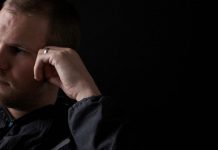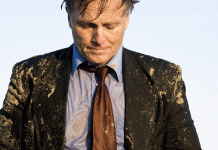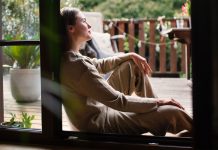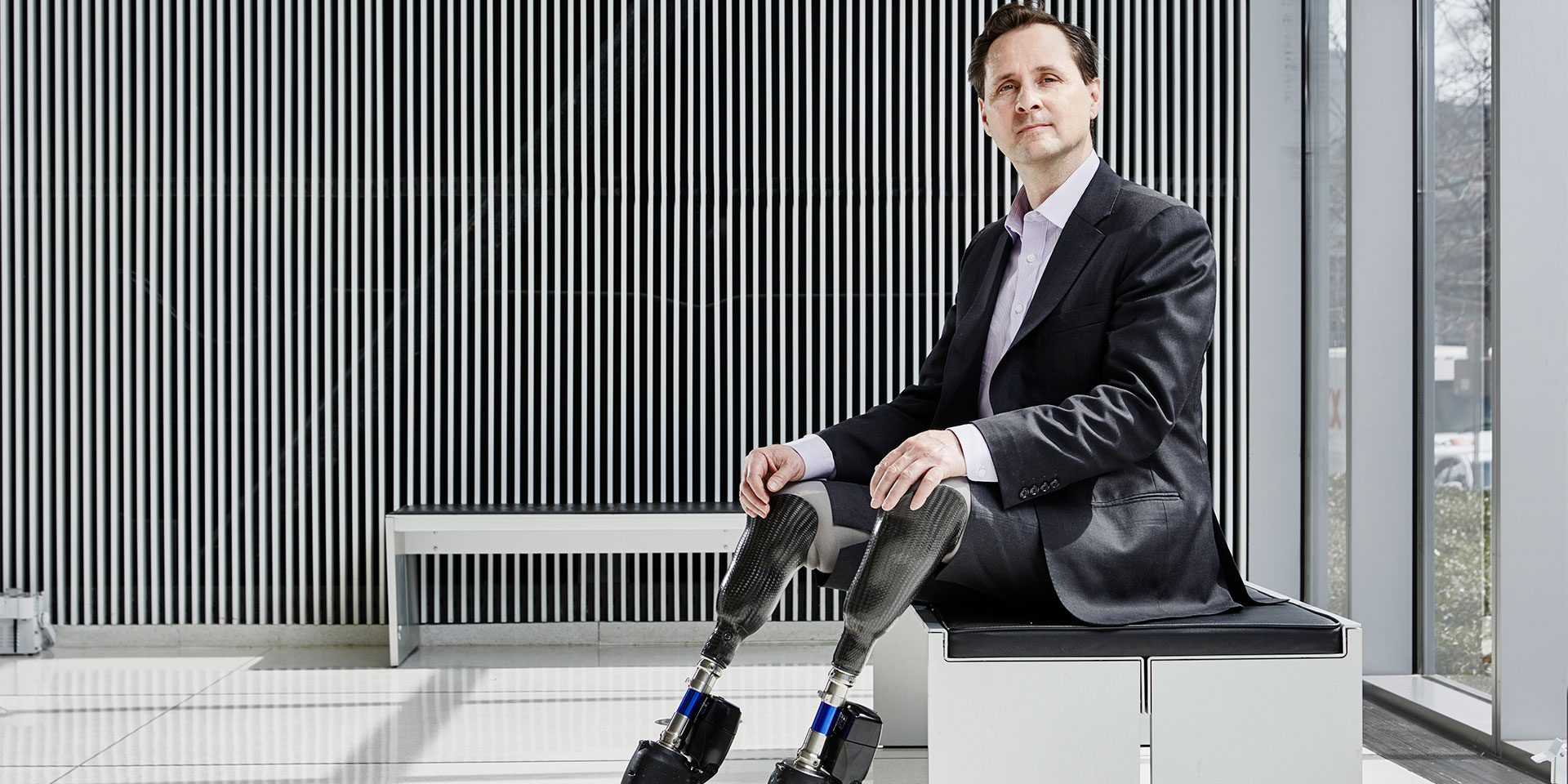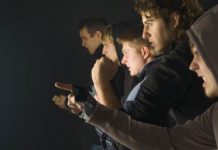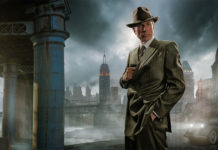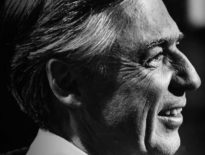There is nothing we can do. Thousands of dreams have ended with this short sentence. In the face of too great an obstacle or tragedy, giving up seems the only option left. But there are some people who love what they do so much that nothing stops them from adding an unless. This word breeds the courage and creativity to find solutions, and then the opportunity to change the lives of others.
Hugh Herr was born in 1964 in a small town in the American state of Pennsylvania and is the youngest of a family with five children. He comes from a family with an old American tradition, one of his ancestors being a founder of Lancaster County. Leaving Germany after famine and persecution, his ancestors established a Mennonite community in the state of Pennsylvania.
Like his father, Hugh seemed to be unperturbed by danger and always deep in thought. From an early age, Hugh’s favourite place was on the mountain, and his father didn’t seem to mind. Hugh was only eight years old when he climbed the Temple Massif (3,544 m) in the Canadian Rockies, and his future was promising. By 17, he was considered one of the best climbers in the United States.
In January 1982, after a difficult climb on an ice wall, Hugh and his friend, with whom he had climbed Mount Washington, were caught in a blizzard that disoriented them. After three nights in the mountains at temperatures below minus 20 degrees Celsius, when they were already preparing to die, they were found by rescuers. They were in critical condition, close to hypothermia. Hugh and his friend made it, but in the rescue mission one of the mountain rescuers, Albert Dow, had died in an avalanche.
Despite all efforts to save them, Hugh had both legs amputated just below the knee. For months he underwent multiple operations and a difficult recovery. “I cried every hour for months. And every day for two years. But I’ve never pitied myself. I learned that from Albert Dow. I’ve never victimized myself. ”
He had been reckless and his recklessness had cost someone his life; he couldn’t forget that. And his career as a climber was finally over, or so the doctors thought.
Hugh was of a different opinion. Shortly after he recovered, he designed special prostheses suitable for climbing on his own. He made them from materials he took from a car shop. With this new creation, he resumed training, delighted that the prostheses allowed him to reach rocks that were impossible to climb when he had legs. From this perspective, the accident had turned into an unexpected advantage: “I saw my missing biological part as an opportunity, a white canvas on which I could create.”
Prostheses could be reduced or enlarged as needed. Hugh jokes that he stretched them when he had a bad day, to increase his self-esteem. On better days, he’d reduce them to attract attention. In a short time, Hugh became the first climber with major amputations to compete on an equal footing with athletes without disabilities.
During the climbs he realised that he could make countless improvements to the prostheses, only that he lacked some knowledge. Having shown little interested in school until then, Hugh went to physics college in his hometown. His passion for mechanical engineering led him to the prestigious Massachusetts Institute of Technology (MIT), where he earned a master’s degree, and later to Harvard University, where he completed a doctorate in biophysics.
He left his professional climbing career in the background when he realised the gaps in his knowledge in the field of biomechanics, which he had all the interest and passion to fill. He handed over the baton of his passion for climbing and mountaineering—which he shares with his wife—to his two daughters: Alexandra and Sage.
He began his research career at MIT and specialised in prosthetic design. Because he’s been there, he knows how awkward and frustrating some prostheses can be. The ones he created brought considerable improvements in use. Herr is currently the holder of 100 patents in the field and does not intend to stop. He is also the coordinator of the biomechatronic research group and innovates in the field of bionics.
Time magazine has repeatedly placed his inventions at the top of the list of the most important innovations in health. The “robot man”, as he is often called, has changed the lives of hundreds of people, who can now be independent thanks to his prostheses. Moreover, these devices have restore other people their dreams, as they restored his dreams. In a TED show, Hugh introduced Adrianne Haslet-Davis, a dancer injured in the Boston Marathon bombing. Following the attack, her left leg was amputated and her career as a dancer ended. In front of everyone present, thanks to the bionic prosthesis designed by Hugh’s team, Adrianne was able to dance gracefully again.
His efforts have not stopped there, and his innovations in robotics are monumental. His accident had terrible effects, but it also provided the means by which his life and that of hundreds of other people were transformed. Returning to the Christian faith of his ancestors and the motivation behind his research, Hugh said, “Mennonites believe in good works. It’s not enough to believe. You have to act. You need to make things better for yourself and those around you.”
Andreea Irimia teaches computer science and technological education.
